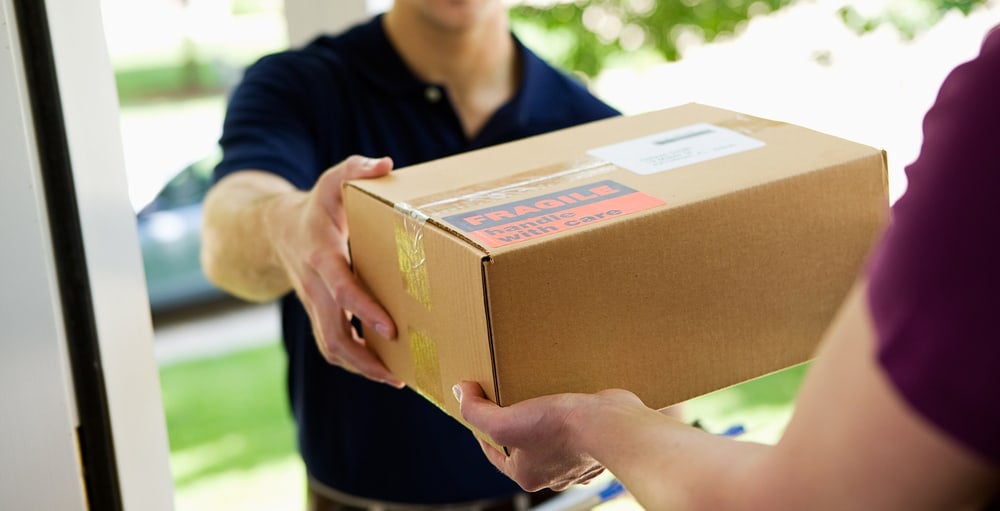Online shopping has gained a lot of traction over the past decade or so and it does not seem to be slowing down anytime soon.
With this growing trend, online retailers and logistics companies have been forced to find new ways to meet the changing needs of their customers. Recently it has become more and more important for customers to have faster delivery times, but the challenge that companies face in this pursuit is the cost-efficiency to deliver to their customers while also keeping their own costs down. Fast, efficient, and reliable order fulfillment is the key to maintaining customer satisfaction, but it is also one of the biggest challenges any business has to deal with. The order fulfillment process begins when the customer places an order and ends when the product arrives safely on their doorstep. It is that final stage in the delivery process that represents the biggest challenge and the largest expense for many retailers and logistics companies. This is referred to as “last mile delivery.” Last mile delivery is the point between a shipping hub to the final delivery destination. The focus of last mile logistics is delivery to their final destinations as fast as possible. Last mile logistics has become a popular area of interest because consumers have essentially developed a multifaceted way of ordering products. When you have these multifaceted needs, it creates a need for companies to re-evaluate their current transportation infrastructure and forces them to make much needed updates.
Last mile delivery is becoming more important than ever.
Recently, focus has been placed on last mile logistics more simply because consumers mostly focus on delivery when purchasing products. Since consumers can easily browse and choose between many alternatives, retailers and their supply chains must find creative solutions to meet the needs of the consumers; especially if they plan to attract and maintain a loyal customer base. Customers can easily find an alternative product or retailer if shipping options don’t meet their expectations. This can possibly place retailers and third-party logistics providers in a tough spot because last mile delivery costs can be high. Companies can offer free shipping to their customers but they, most of the time, have to eat those costs themselves or find ways to offset the cost. There is a need for companies to prepare their transportation networks for key factors such as traffic fluctuations caused by the expected growth in online sales. Traditionally, UPS, FedEx, and USPS are heavily relied on, but are not as successful in all regions as they should be. As a result, companies are beginning to search for alternatives to satisfy their needs. In order to accommodate faster shipping times, retailers and shipping companies have started to research delivery alternatives such as pick-up locations, investing in their own delivery fleets, drone deliveries, etc.
It can be very subjective for the time it takes a package to get to your door when the order is marked “out for delivery” which highlights one of the main problems with last mile delivery.
The final leg of most deliveries involves independent shipping carriers delivering to the customer from the nearest shipping hub. The speed and efficiency with which they are able to do this depends on several factors, including but not limited to: the size of the company or third-party logistics provider; the number of orders placed each day; the frequency of order pick-ups by the carrier; the proximity of delivery points; the location of the warehouse (ex: rural or urban); the volume of deliveries along the route; and the number of routes. With all these factors considered, many of the challenges associated with last mile delivery are outside of a company’s control; and the challenges and costs associated with last mile delivery have only gotten worse in recent years as the shipping alternatives continue to grow for customers. To go even further, the free shipping movement has caused an increased cost of last mile delivery. Customers are becoming more entitled to free shipping, so retailers often end up eating delivery costs themselves. By focusing on last mile delivery alternatives, retailers are able to provide and guarantee exceptional service levels to their customers and adapt to the constantly changing retail environment.




